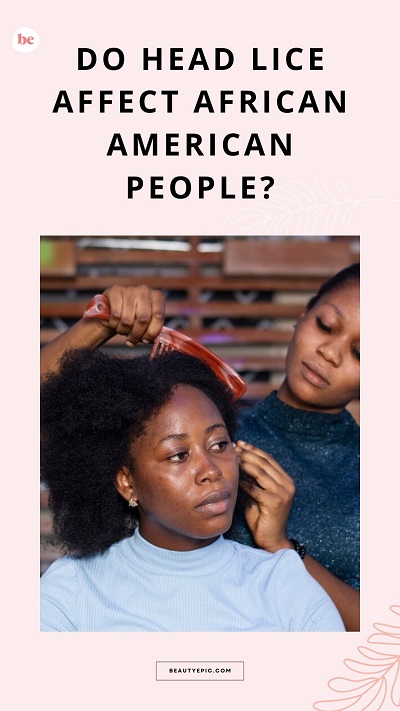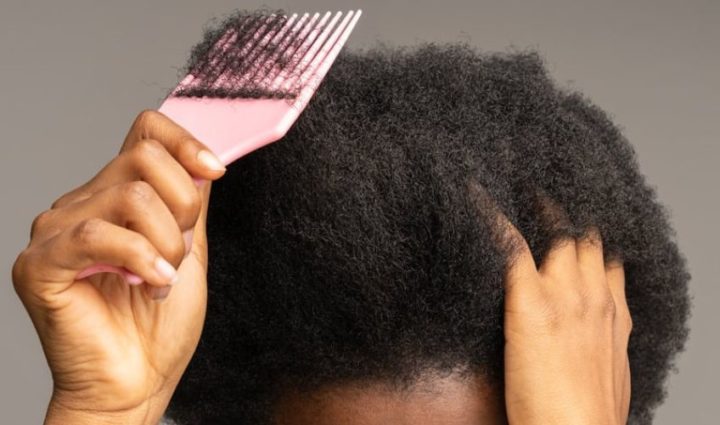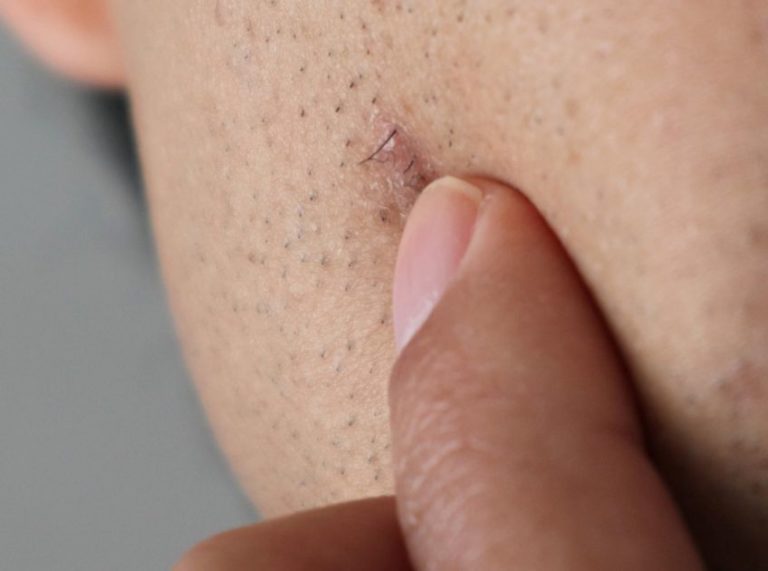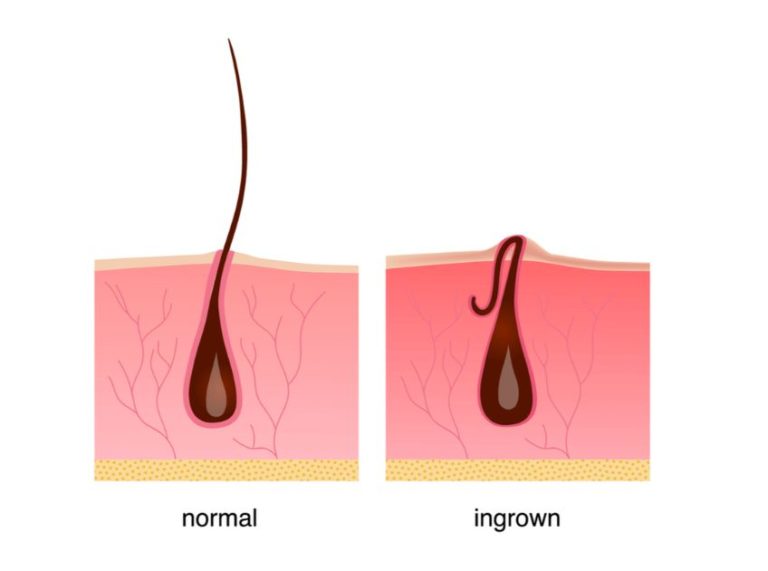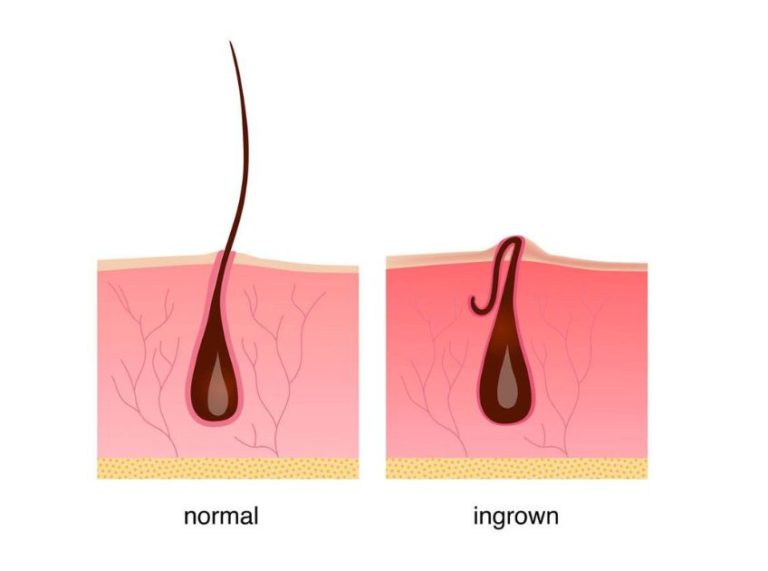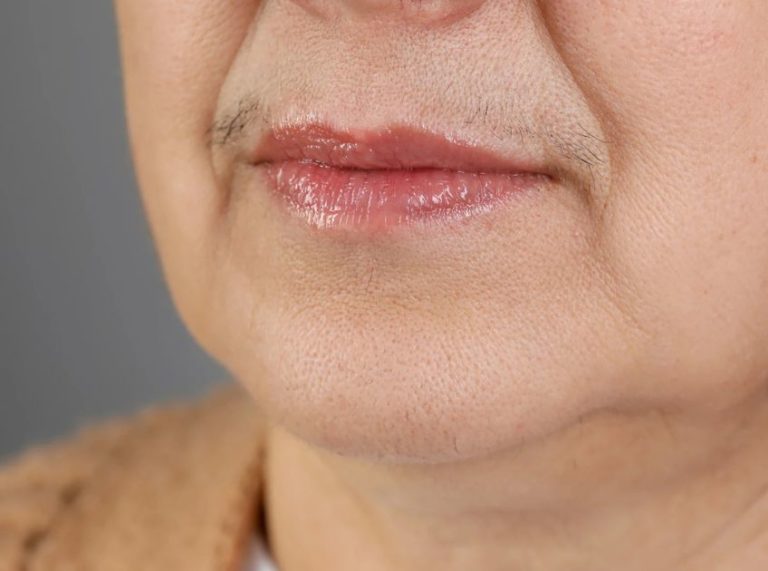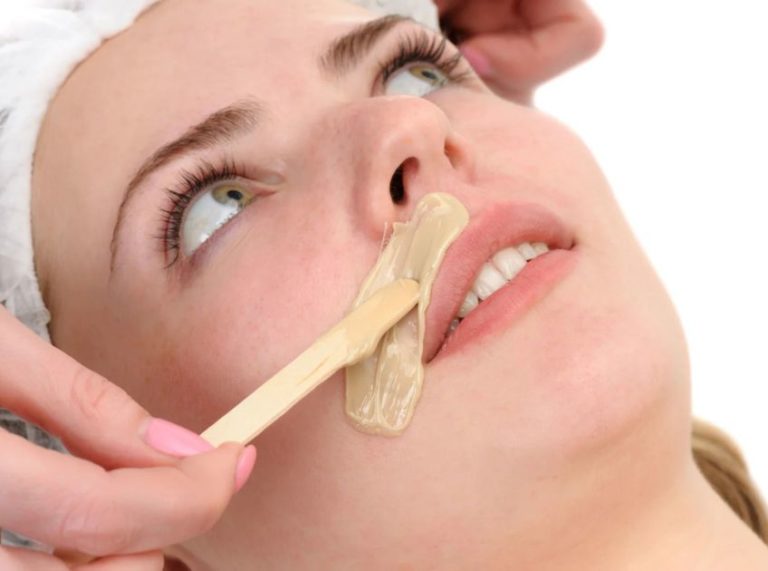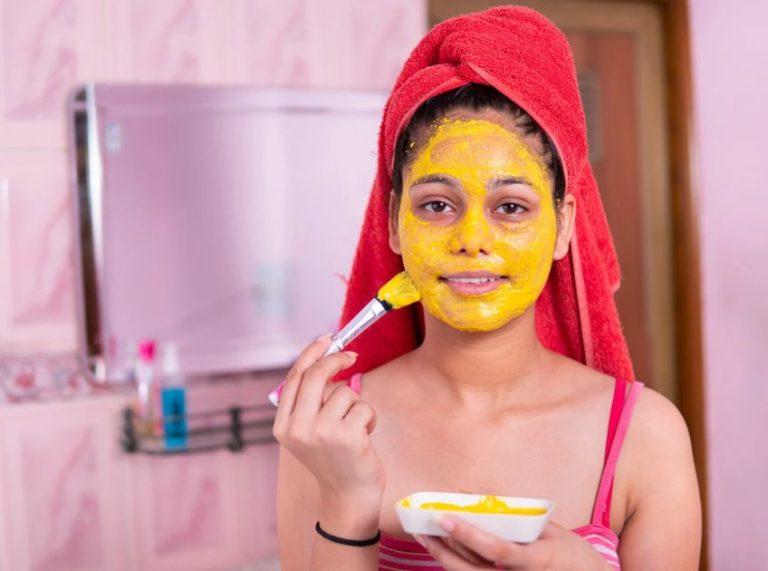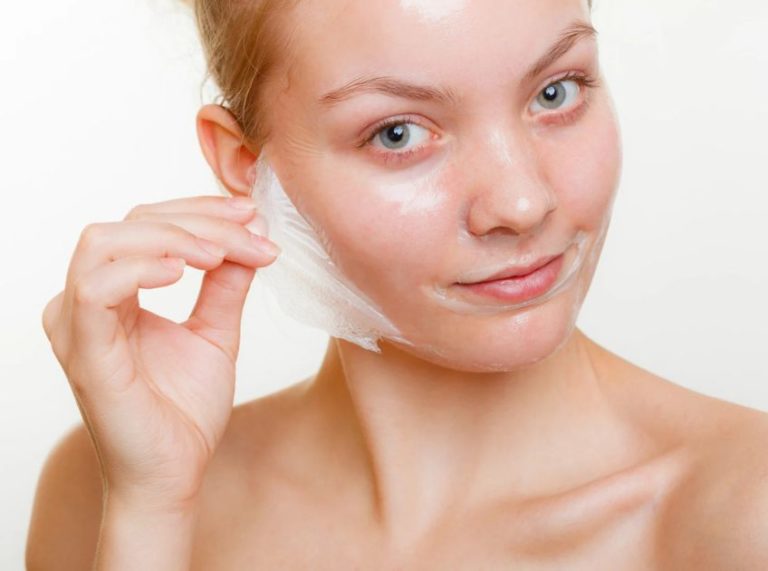
Important: This article is for informational purposes only. Please read our full disclaimer for more details.
For years, there has been a popular belief that people with Afro-textured hair are immune to head lice. This assumption has often led to confusion, a lack of awareness, and even delayed treatment in some cases. But what’s the truth? Can head lice infest Afro hair? Let’s dive into the science and separate fact from fiction.
What Are Head Lice?
Head lice (Pediculus humanus capitis) are tiny, wingless parasites that live on the human scalp and feed on blood.
They are
- About the size of a sesame seed
- Spread mostly through head-to-head contact
- More common in children aged 3–11, but anyone can get them
- Not a sign of poor hygiene
Lice cling to the hair shaft using hook-like claws, and they lay eggs (nits) close to the scalp. These eggs hatch in 7–10 days, making early detection and treatment crucial.
Why the Myth? Afro Hair and the Lice Resistance Belief
The idea that Afro-textured hair cannot get head lice has been around for decades, particularly in Black communities. While the myth has some basis in physical differences between hair types, it has also led to misconceptions that delay proper treatment or awareness. So, where did this belief originate, and is there any truth to it?
1. Hair Shaft Structure and Curl Pattern
Afro-textured hair is uniquely shaped. Unlike straight or wavy hair, which has a round cross-section, Afro hair typically has an oval or elliptical cross-section and a tighter curl pattern. This structure creates more curves, kinks, and density, which:
- Makes it harder for lice to grip and move along the hair strand.
- It may reduce the chance of lice crawling quickly from one scalp to another.
- Limits the louse’s ability to lay eggs close to the scalp, especially when hair is styled in thick sections or coils.
🧪 Scientific Note: A study published in Parasitology Research (Mumcuoglu et al., 2006) suggested that lice showed a preference for straighter hair types in controlled environments, simply because the grip and mobility were easier (1)(2). However, preference does not equal immunity—Afro hair can still host lice, just less efficiently.
2. Protective Styling Practices
Many individuals with Afro hair frequently wear protective hairstyles, such as:
- Braids
- Twists
- Cornrows
- Locs
- Wigs and weaves
These styles serve a dual purpose: they protect the hair from damage and reduce direct scalp exposure, which in turn:
- Minimizes head-to-head contact, the primary way lice spread.
- Makes the environment less hospitable for lice to navigate or lay eggs.
Additionally, oils, leave-in conditioners, and other heavy products often used in these styles can coat the strands, creating a slippery surface lice may find harder to cling to.
🧴 Example: Products like coconut oil, shea butter, and castor oil, often used in an Afro hair care routine, may act as mild deterrents, though they are not treatments for lice.
3. Cultural Bias and Underreporting
Historically, head lice studies, treatments, and even school lice policies have been based on Eurocentric hair types, with minimal representation of Afro-textured hair. This has led to:
- Underreporting of cases in Black communities.
- Assumptions by some healthcare providers or schools that Afro hair “can’t get lice.”
- Lack of lice products marketed specifically for textured or coily hair types.
These oversights have unintentionally perpetuated the myth that Black individuals are exempt from lice infestations, when in fact, the condition affects people of all hair types and backgrounds.
4. Lice Behavior Is Opportunistic, Not Selective
While the physical structure of Afro hair may make it more difficult for lice to thrive, they are not selective parasites. Given the opportunity—especially through prolonged head-to-head contact—lice will infest any hair type if conditions are right.
For example, if a child with Afro-textured hair shares a bed, brush, or close contact with someone who has lice, the risk remains.
So, Can Afro Hair Get Head Lice?
Yes—Afro hair can get head lice. While lice may find it more challenging to navigate the coils and curls, it’s still possible, especially with close head-to-head contact. No hair type is entirely immune.
Effective Head Lice Treatments for Afro Hair
Treating head lice in Afro-textured hair requires careful product choice and technique. Here’s what works:
1. Lice-Specific Shampoos
- Choose lice treatment shampoos with dimethicone or permethrin.
- Ensure they’re safe for textured or chemically treated hair.
2. Fine-Toothed Lice Combs
- Use metal lice combs with tight spacing.
- Detangle the hair first and divide it into small sections.
3. Natural Oils and Deterrents
- Tea tree oil, neem oil, and coconut oil may help loosen nits and smother lice.
- These are safer alternatives for sensitive scalps or children.
4. Protective Styling Precautions
- Take down braids or cornrows if needed.
- Lice can lay eggs on the scalp, making them harder to detect under styles.
Evidence Note
Research from BMC Dermatology (2012) suggests that oils like coconut and anise spray may be as effective as chemical treatments, especially when used correctly and consistently (3).
Frequently Asked Questions (FAQ’S)
1. Are lice less common in Afro hair?
A. Yes, but not impossible. The shape of Afro-textured hair may make lice infestation less likely, but not prevent it entirely.
2. Can hair relaxers or oils kill lice?
A. Relaxers are not a reliable treatment. Some oils may help suffocate lice, but should be used alongside thorough combing or treatment.
3. Can you get lice from wigs or hair extensions?
A. It’s rare, but possible if sharing infested hairpieces. Always clean and disinfect wigs or extensions before use.
Afro hair is not immune to head lice—it’s just less commonly affected. Believing in the myth may delay diagnosis or treatment. Knowing the facts, using the right treatment methods, and staying vigilant are the best defenses. Whether your hair is curly, coiled, straight, or wavy, lice don’t discriminate—but knowledge can protect you.
